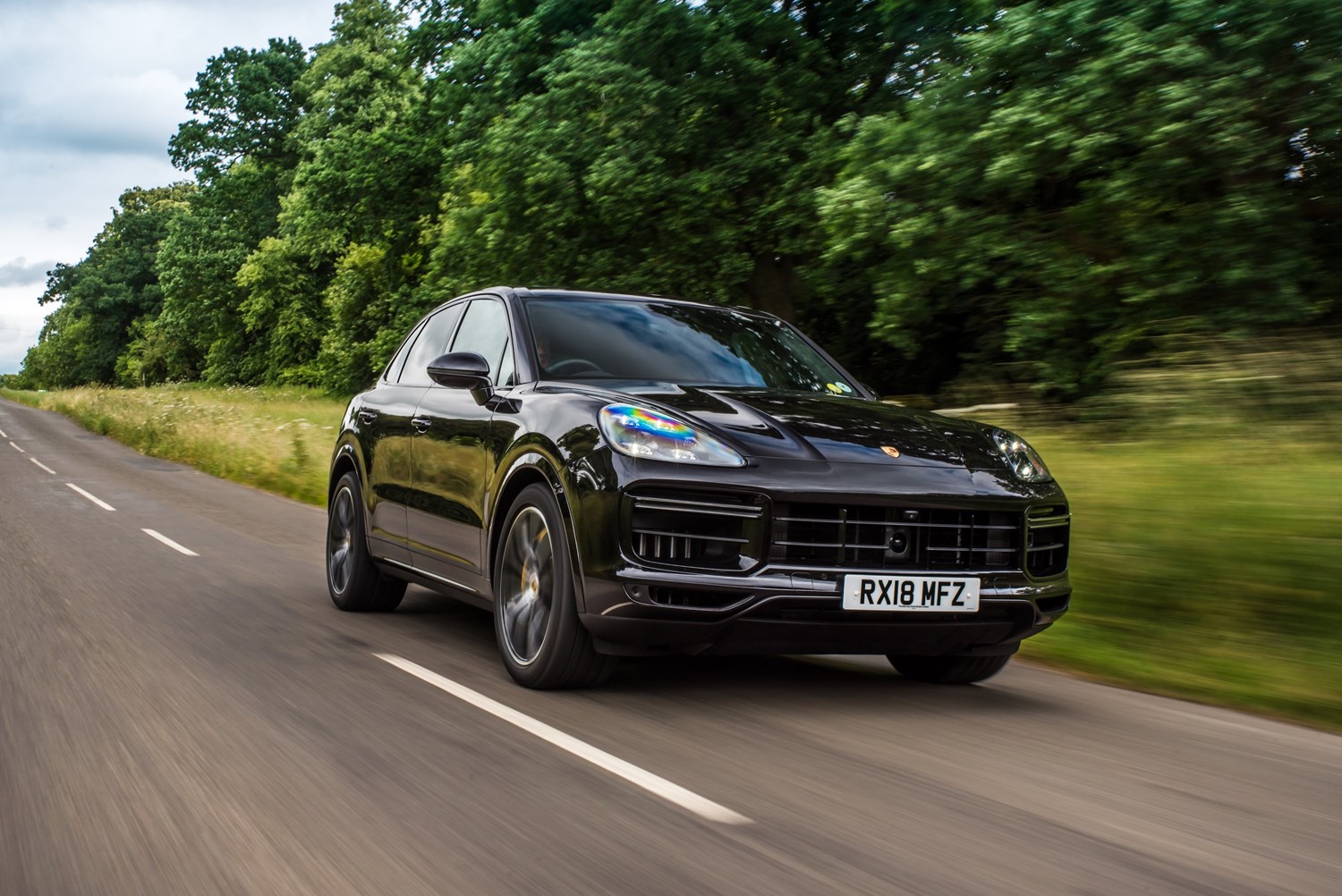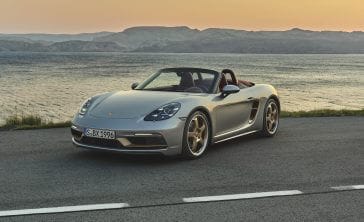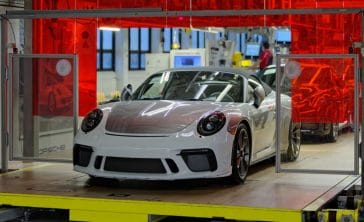Latest model
Porsche is known for its evolutionary method of styling, and that applies to the Cayenne, too, with the third-generation car arriving at the end of 2017 with a subtle redesign – key highlights being fancy new lighting and a full LED rear light bar. It was one of the first cars to feature the latter.
The new Cayenne is also lighter than the car it replaces thanks to its new construction, while the interior is quite simply show-stopping, mostly down to its huge widescreen infotainment system. It would soon be followed by a range of derivatives, including Turbo, GTS and plug-in hybrids. In 2019, the standard SUV body was joined by a more stylish ‘Coupe’ model, bringing more rakish styling, though with no massive dent in practicality. This is also offered with the same extensive range of powertrain options.
Value for money
Unsurprisingly given the Porsche emblem on the bonnet, the Cayenne is not a cheap car, with entry-level cars starting from £59,150. While the standard kit looks generous on paper, including a reversing camera, a large touchscreen and LED headlights, it’s not as well-equipped as you might expect it to be for its price. That’s because Porsche offers an extensive options list, but with many pricey features, it can quickly ramp up the price. Safety systems such as lane-keep assist (£783) are also offered as an option, which is a bit disappointing given most cars a third of the price have this included.
Prices also rise significantly as you gain more power – the top-spec hybrid models costing almost £130,000, even before any option boxes have been ticked.
While early Cayennes might now be available for as little as £5,000, Cayennes in general do hold their value pretty well. An eight-year-old low-mileage car, for example, will still set you back £20,000, while at the time of writing a used example of the latest-generation Cayenne would still cost £50,000. It’s certainly not one of those cars you can expect a big nearly-new discount on.
Looks and image
Porsche manages a remarkable thing with its Cayenne by bringing sleek styling to a large SUV. While not having the elegance of a sports car, it’s definitely a handsome thing – not least thanks to its attractive grille and fancy lighting. If you value style, the addition of the new Coupe model will also be appreciated thanks to its sloping roofline that only adds to this SUV’s appeal.
Porsche has seriously upped its game on the latest Cayenne’s cabin, and actually made it feel sportier – not least thanks to the addition of a cool clock in the centre of the dashboard and the racing car-like displays. You also sit lower in the Cayenne than you do in other SUVs, while the quality is superb throughout. The 12.3-inch touchscreen is also a great addition on this latest model, while the haptic glass-like buttons on the centre console are a modern touch, though they do take time to adjust to.
But it’s behind the wheel where the Cayenne impresses most. For something of this size, it’s remarkable how well it handles, with the agility that could embarrass much smaller and lighter cars. There’s also next to no body lean, while a range of punchy powertrains makes this Porsche unbeatable in the large SUV category when it comes to driving pleasure.





